The Teatro Reale di San Carlo as originally named by the Bourbon monarchy but today known simply as the Teatro di San Carlo is an opera house in Naples, Italy, connected to the Royal Palace and adjacent to the Piazza del Plebiscito. It is the oldest continuously active venue for opera in the world, having opened in 1737, decades before either Milan's La Scala or Venice's La Fenice. The opera season runs from late January to May, with the ballet season taking place from April to early June. The house once had a seating capacity of 3,285 but has now been reduced to 1,386 seats. Given its size, structure, and antiquity, it was the model for theatres that were later built in Europe.
Commissioned by the Bourbon King Charles III of Naples (Carlo III in Italian), Charles wanted to endow Naples with a new and larger theatre to replace the old, dilapidated, and too-small Teatro San Bartolomeo of 1621, which had served the city well, especially after Scarlatti had moved there in 1682 and had begun to create an important opera center which existed well into the 1700s.
Thus, the San Carlo was inaugurated on 4 November 1737, the king's name day, with the performance of the opera Domenico Sarro's Achille in Sciro, which was based on the 1736 libretto by Metastasio which had been set to music that year by Antonio Caldara. As was customary, the role of Achilles was played by a woman, Vittoria Tesi, called "Moretta"; the opera also featured soprano Anna Peruzzi, called "the Parrucchierina" and tenor Angelo Amorevoli. Sarro also conducted the orchestra in two ballets as intermezzi, created by Gaetano Grossatesta, with scenes designed by Pietro Righini. The first seasons highlighted the royal preference for dance numbers and featured among the performers' famous castrati.
In the late 18th century, Christoph Willibald Gluck was called to Naples by the impresario Tufarelli to direct his 1752 Clemenza di Tito at the theatre, and Johann Christian Bach in 1761-62 brought two operas, Catone in Utica and Alessandro nell'Indie.
1737: Construction of the Teatro di San Carlo
The new opera house was designed by Giovanni Antonio Medrano, a military architect, and Angelo Carasale, the former director of the San Bartolomeo. The horseshoe-shaped auditorium is the oldest in the world. It was built at a cost of 75,000 ducats. The hall was 28.6 meters long and 22.5 meters wide, with 184 boxes, including those of proscenium, arranged in six orders, plus a royal box capable of accommodating ten people, for a total of 1,379 seats. Including the standing room, the theatre could hold over 3,000 people.
Much admired for its architecture, its gold decorations, and the sumptuous blue upholstery (blue and gold being the official colors of the Bourbons), the San Carlo was now the biggest opera house in the world. In relation to the power of the existing Bourbon Kingdom of the Two Sicilies, Beauvert notes that the design of the house, with its 184 boxes lacking any curtains was so that "no one could avoid the scrutiny by the sovereign" who had his private access from the Royal Palace.
In 1809 Domenico Barbaia was appointed manager of the royal opera houses in Naples and remained in charge until 1841. He soon established a reputation for innovative and dazzling productions, which attracted both the public and leading singers to the opera house.
February 1816 to January 1817: Destruction by fire and rebuilding
On 13 February 1816, a fire broke out during a dress rehearsal for a ballet performance and quickly spread to destroy a part of the building.
On the orders of King Ferdinand IV, another Bourbon monarch and son of Charles III, who used the services of Antonio Niccolini, Barbaia was able to rebuild the opera house within ten months. It was rebuilt as a traditional horseshoe-shaped auditorium with 1,444 seats, and a proscenium, 33.5m wide and 30m high. The stage was 34.5m deep. Niccolini embellished in the inner of the bas-relief depicting "Time and the Hour".
The central frescoed ceiling painting of Apollo presenting to Minerva the greatest poets of the world was painted by Antonio, Giuseppe e Giovanni Cammarano.
On 12 January 1817, the rebuilt theatre was inaugurated with Johann Simon Mayr's Il sogno di Partenope. Stendhal attended the second night of the inauguration and wrote: "There is nothing in all Europe, I won’t say comparable to this theatre, but which gives the slightest idea of what it is like..., it dazzles the eyes, it enraptures the soul...".
In 1844 the opera house was re-decorated under Niccolini, his son Fausto, and Francesco Maria dei Giudice. The main result was the change in the appearance of the interior to the now-traditional red and gold.
Late 19th century, post World War II, and 21st-century renovations
Apart from the creation of the orchestra pit, suggested by Verdi in 1872, the installation of electricity in 1890, the subsequent abolition of the central chandelier, and the construction of the new foyer and a new wing for dressing rooms, the theatre underwent no substantial changes until the repair of the bombing damage in 1943.
During World War II the opera house was damaged by bombs. Following the liberation of Naples in October 1943, Peter Francis of the Royal Artillery organized repairs to the damaged foyer and, three weeks later, reopened the building with a musical revue. With the building in a fit state for performances, more musicians and singers made themselves available and the first opera performance was held on 26 December 1943, a matinee presentation of Puccini's La bohème. Francis stayed on for another two years, producing 30 operas.
By the start of the twenty-first century, the opera house was showing its age with outmoded stage machinery, inadequate visitor facilities, and lack of air conditioning. In response, the Campania regional government-funded a €67 million renovation over six months in 2008 and six months in 2009 which included restoration of the décor and the creation of a new rehearsal hall. As noted in Gramophone magazine, the opera house reopened on 27 January 2010 with Mozart's La Clemenza di Tito, the 254th anniversary of the composer's birth: "The renovation work was completed last year under the direction of architect Elisabetta Fabbri and is intended to return Teatro San Carlo to its condition following Antonio Niccolini's rebuilding after the fire of 1816. The project....involved 300 workers day and night.


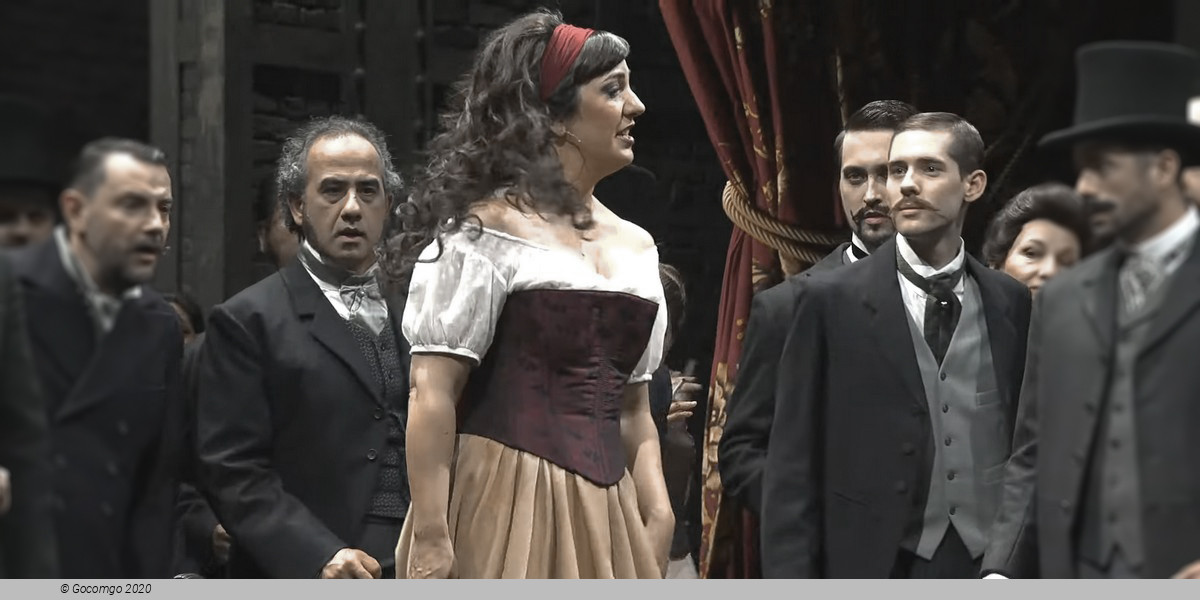
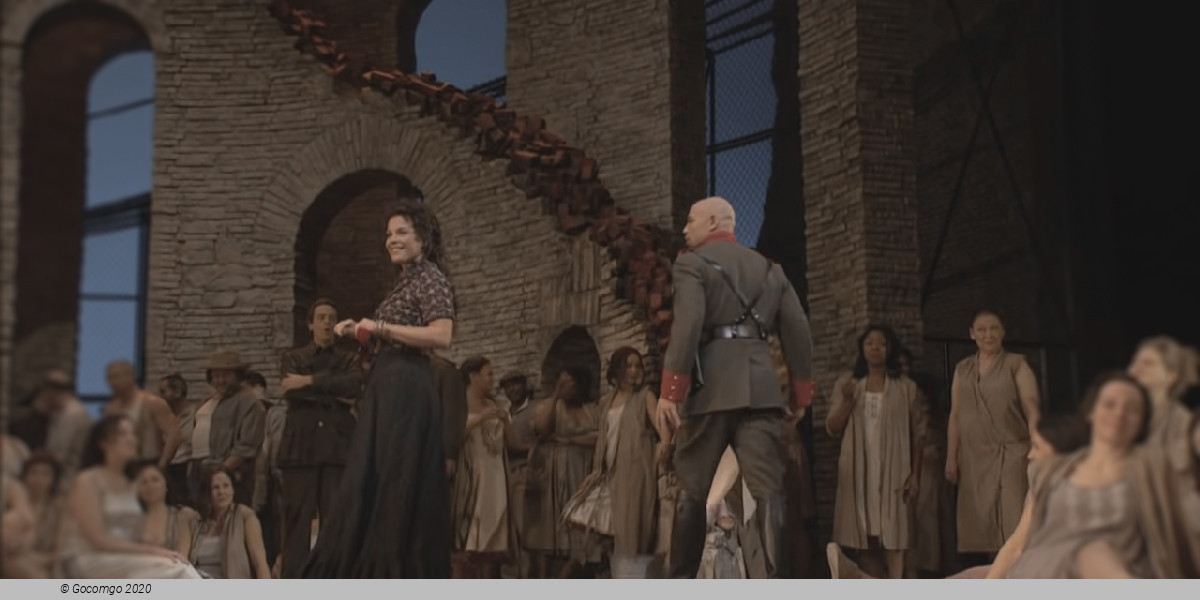
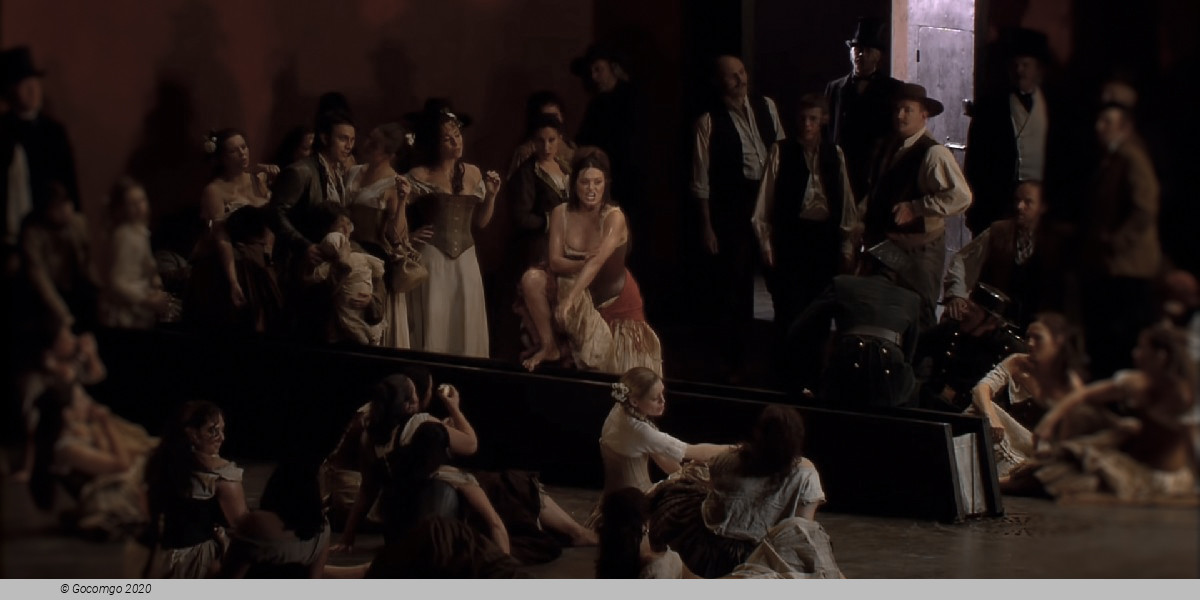
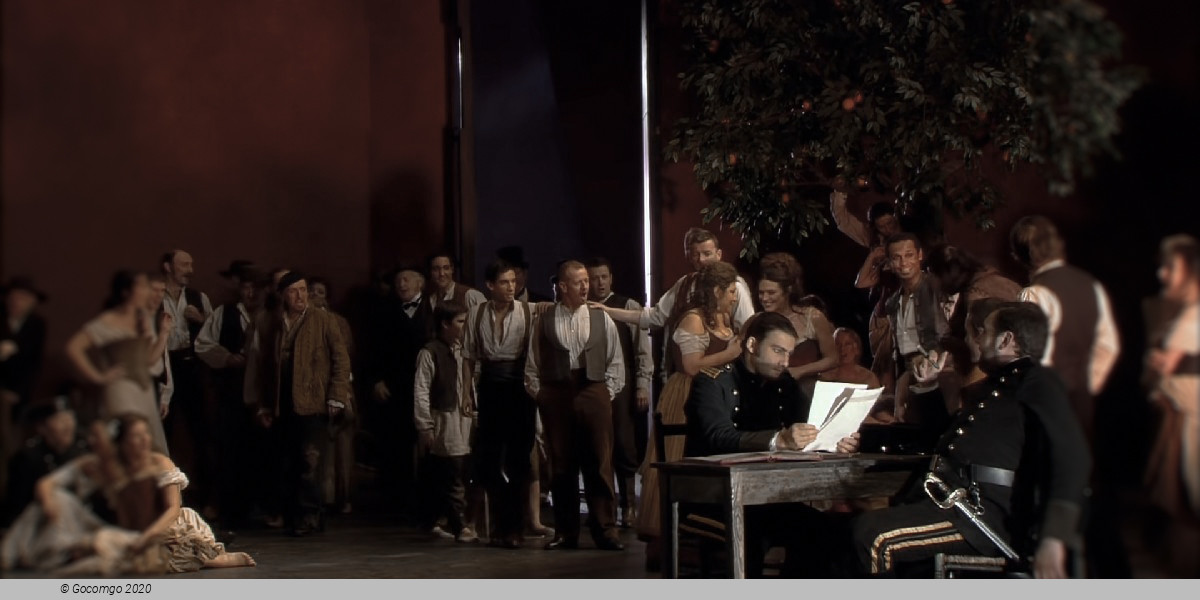
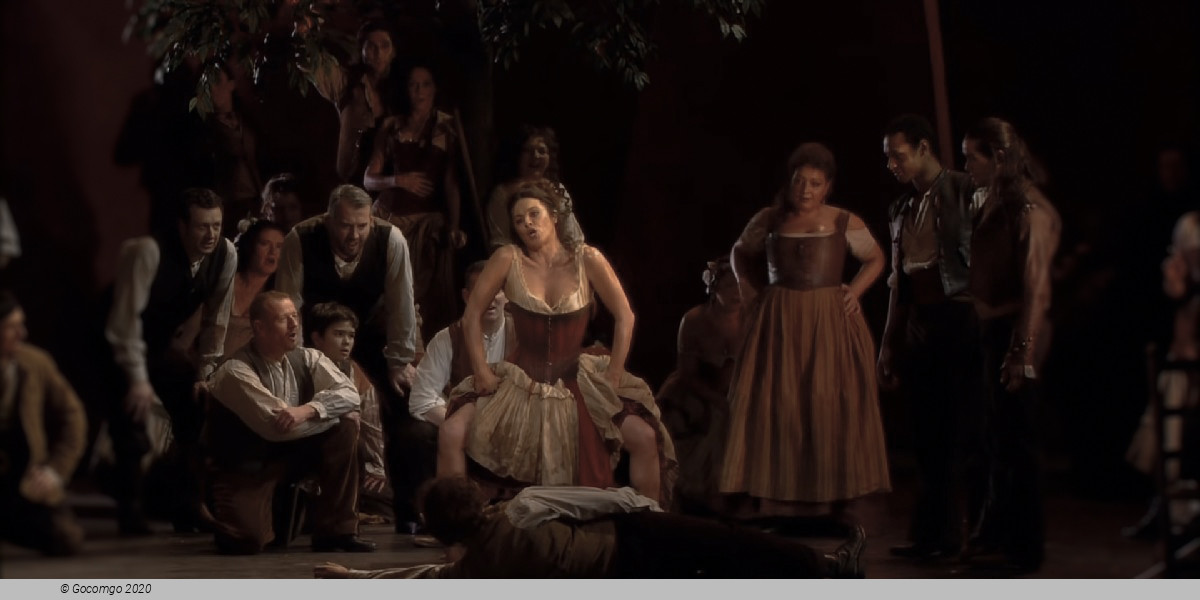
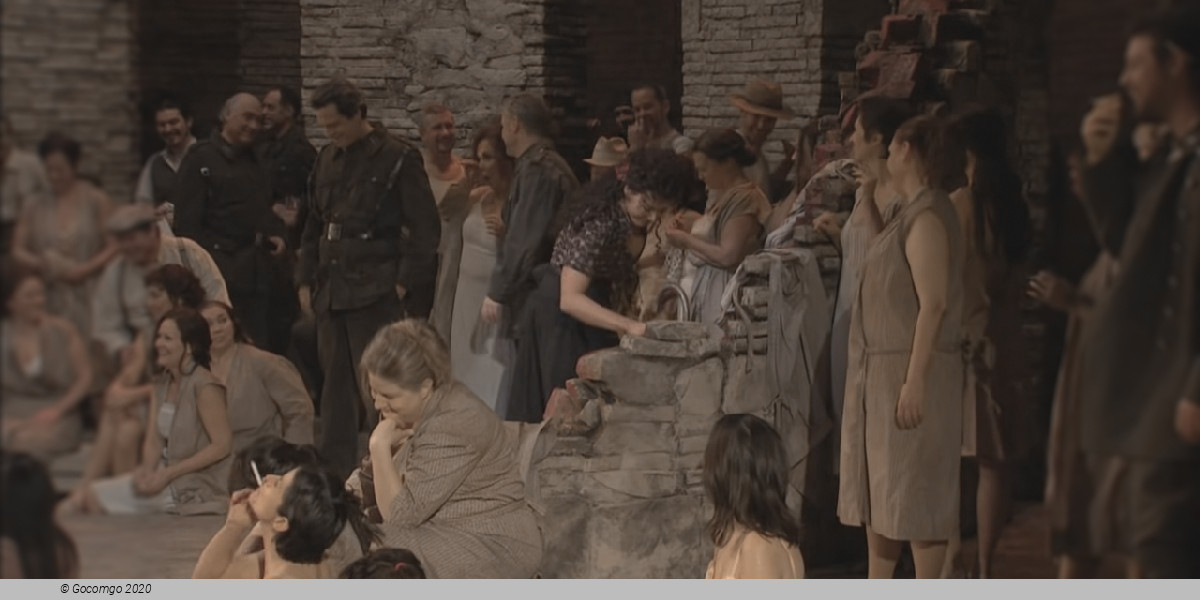
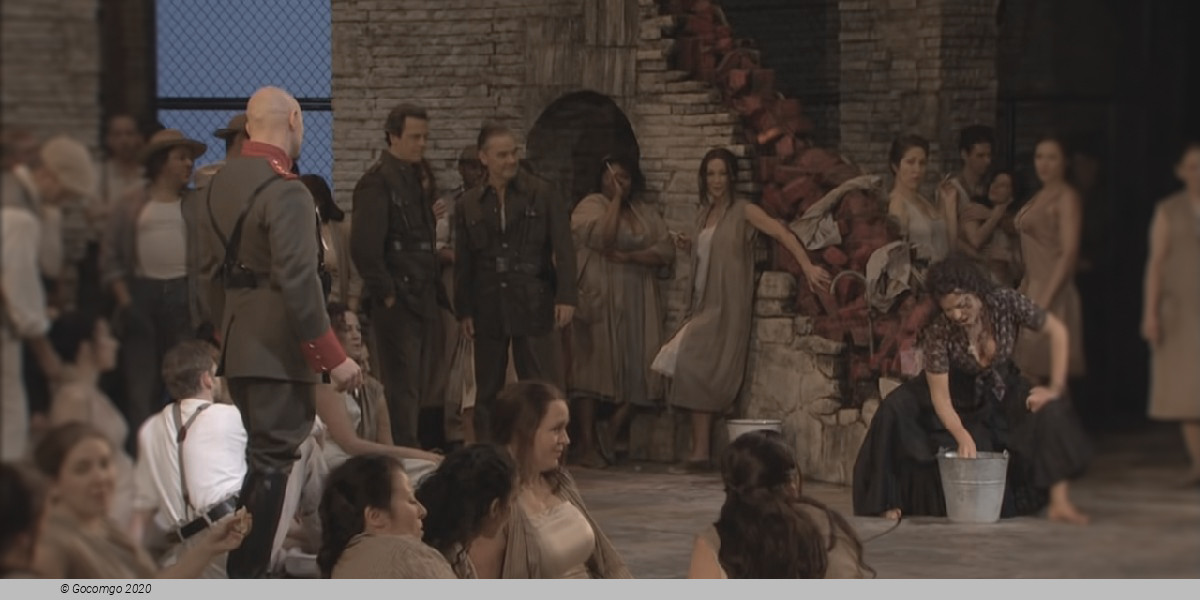
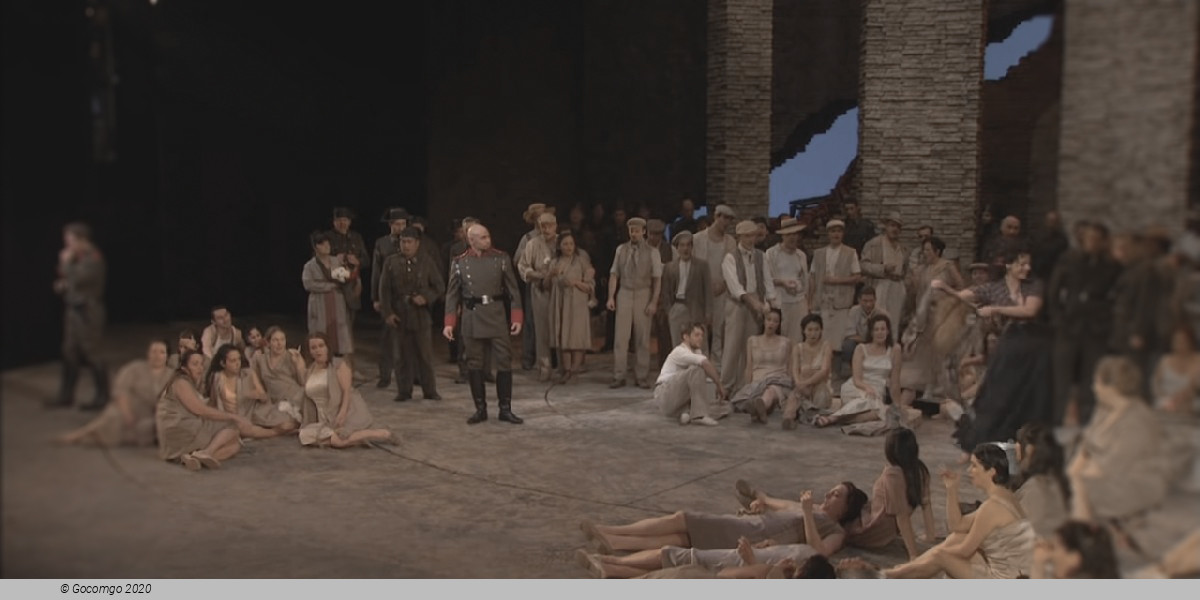
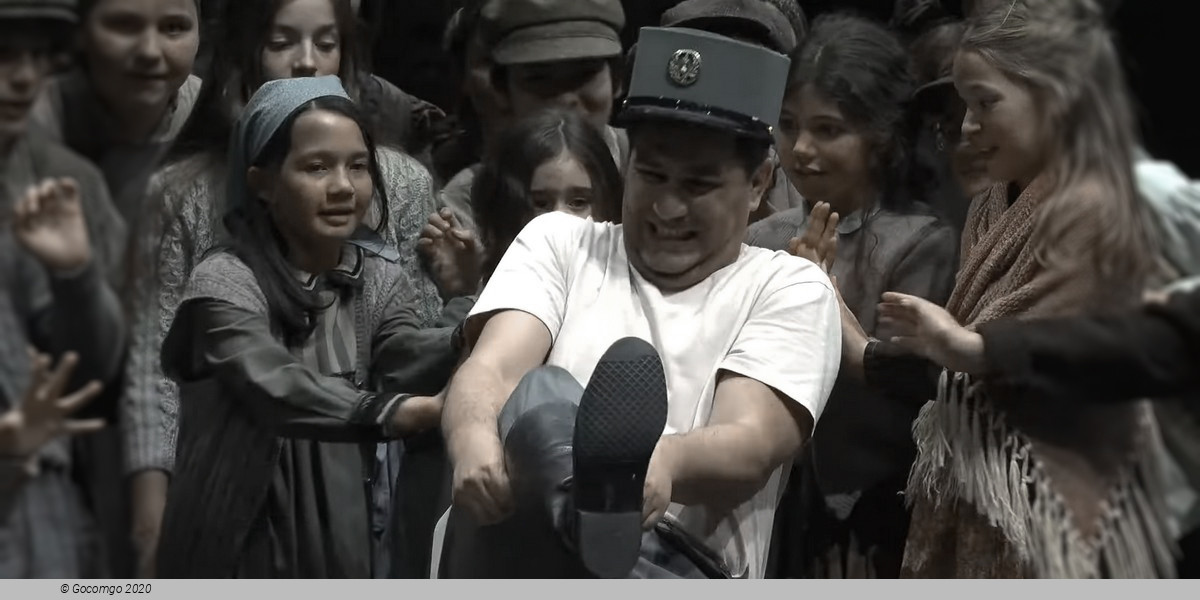
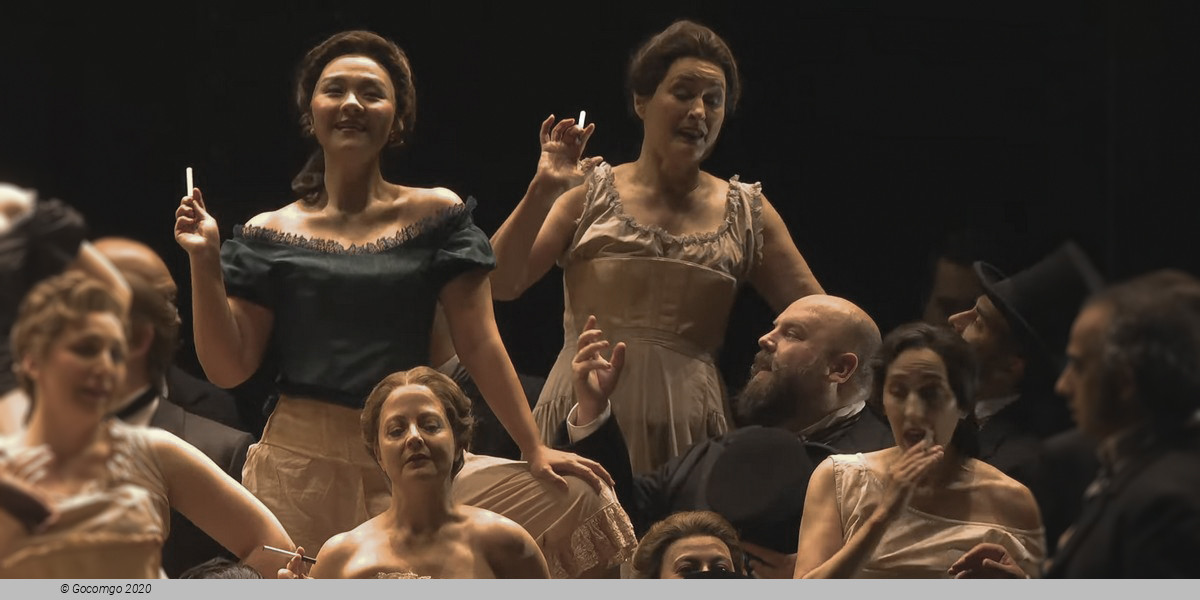
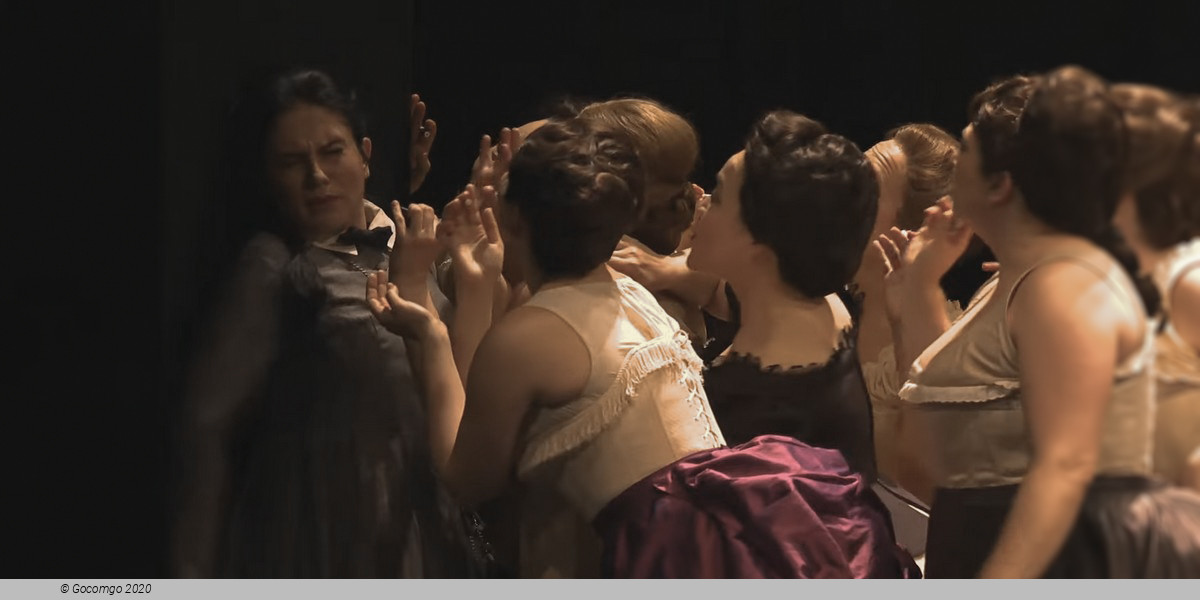
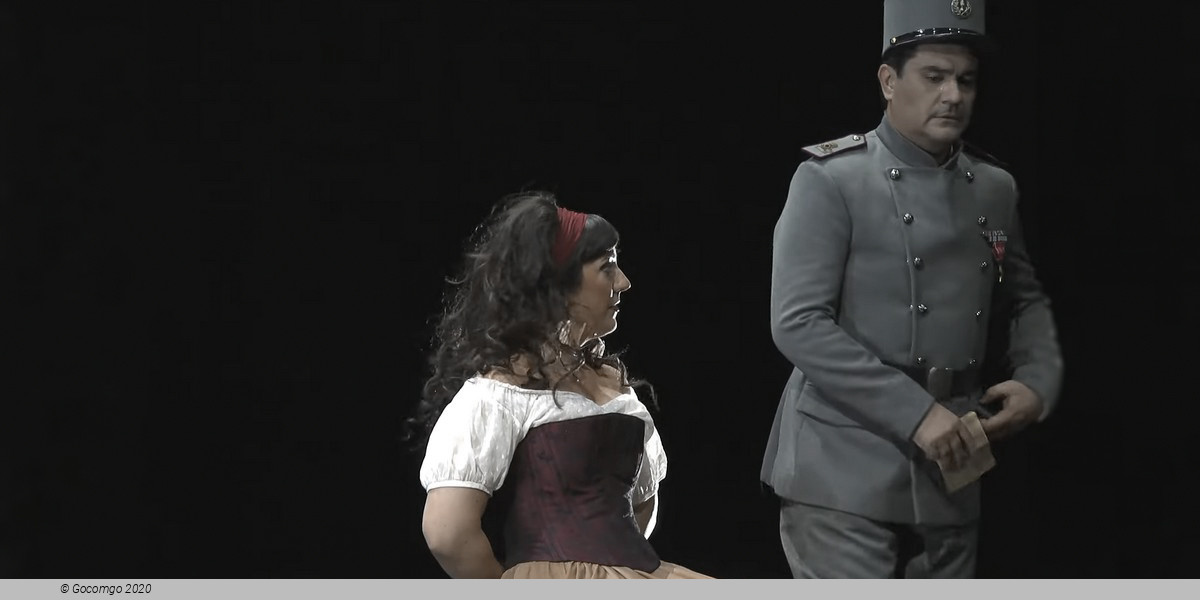
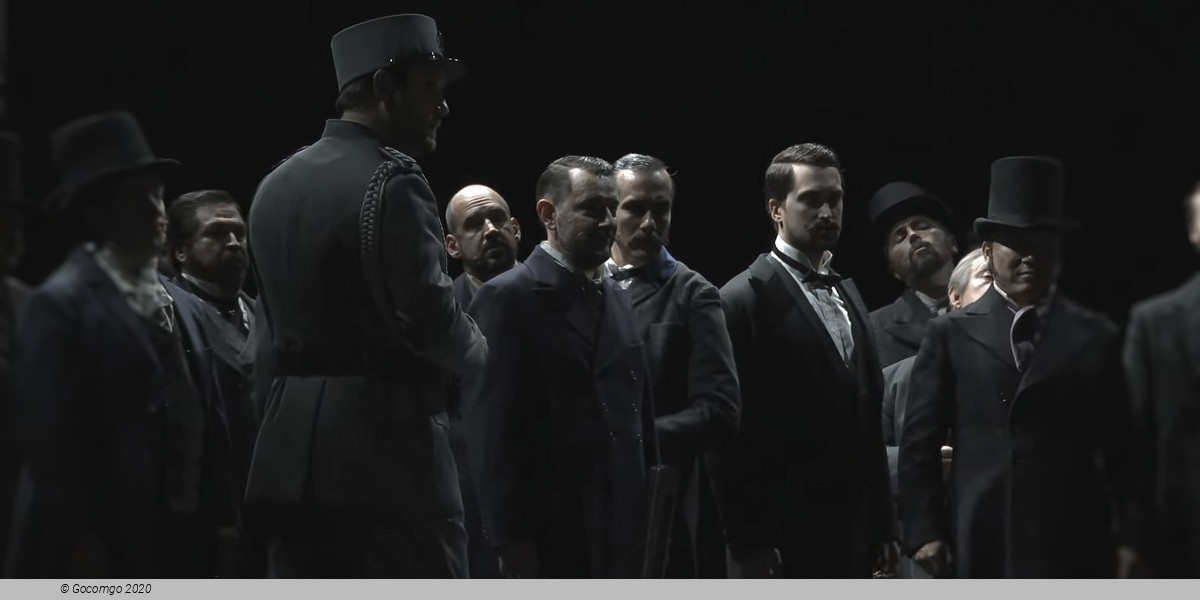
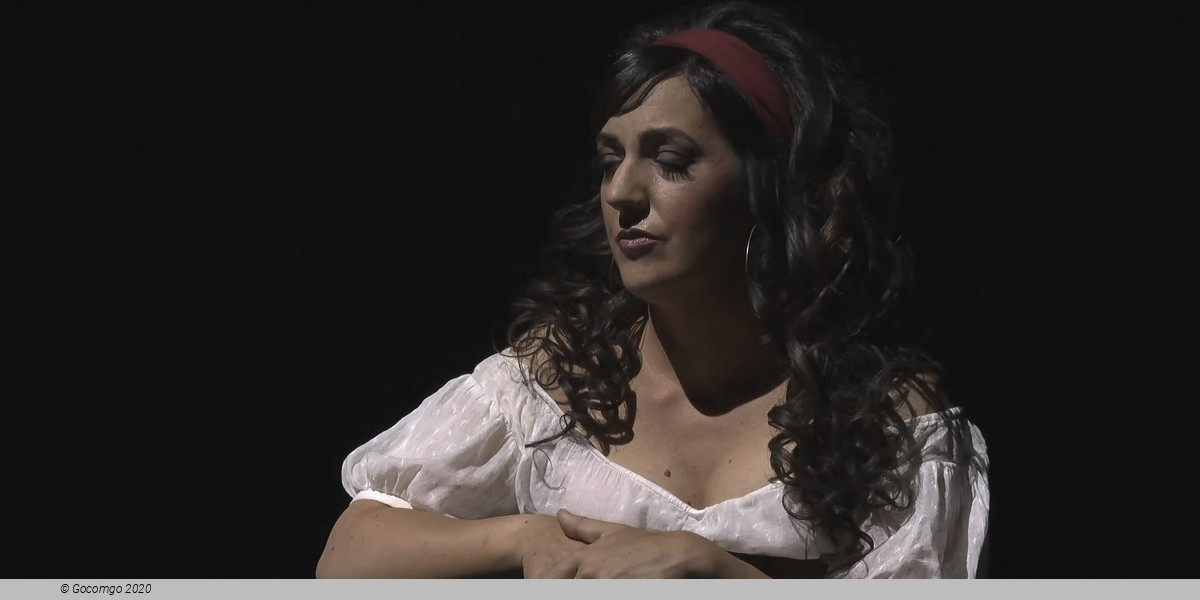
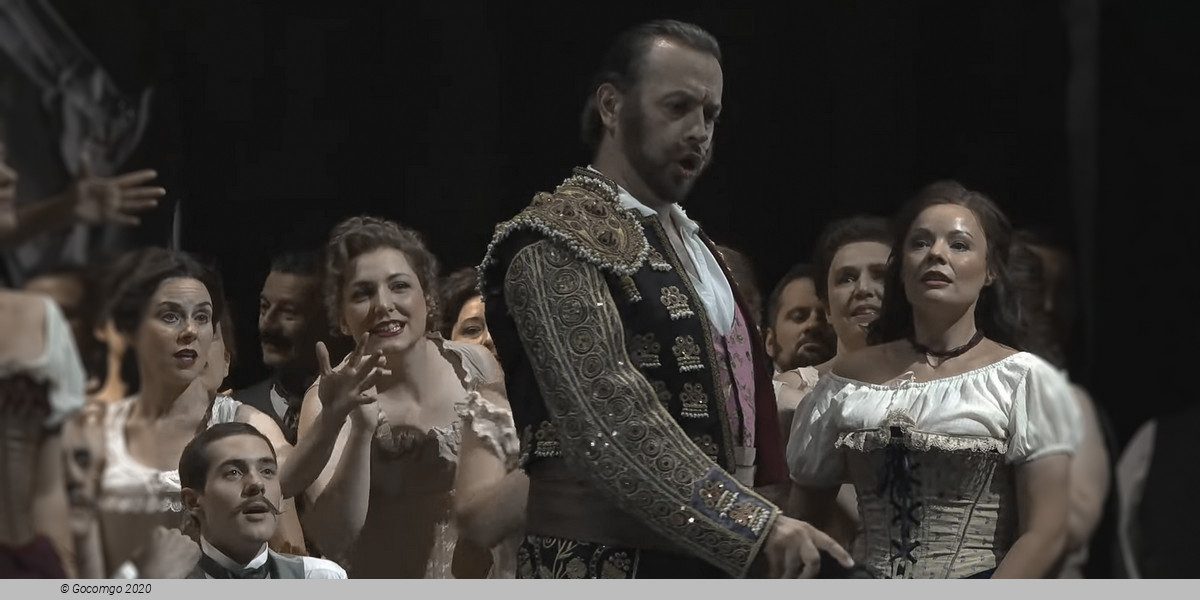
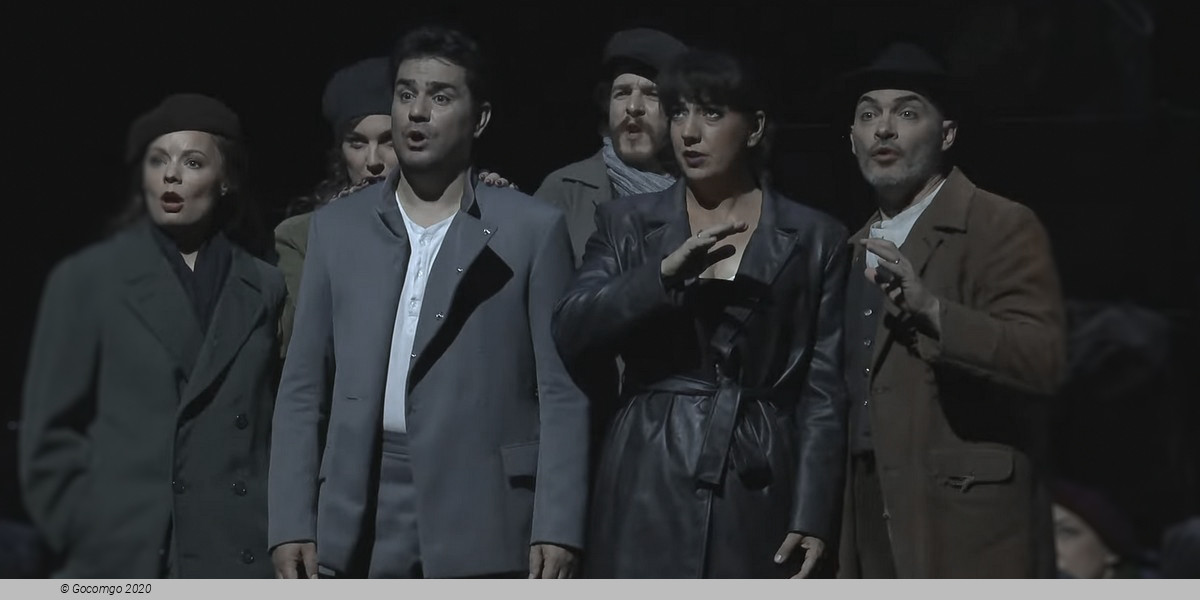
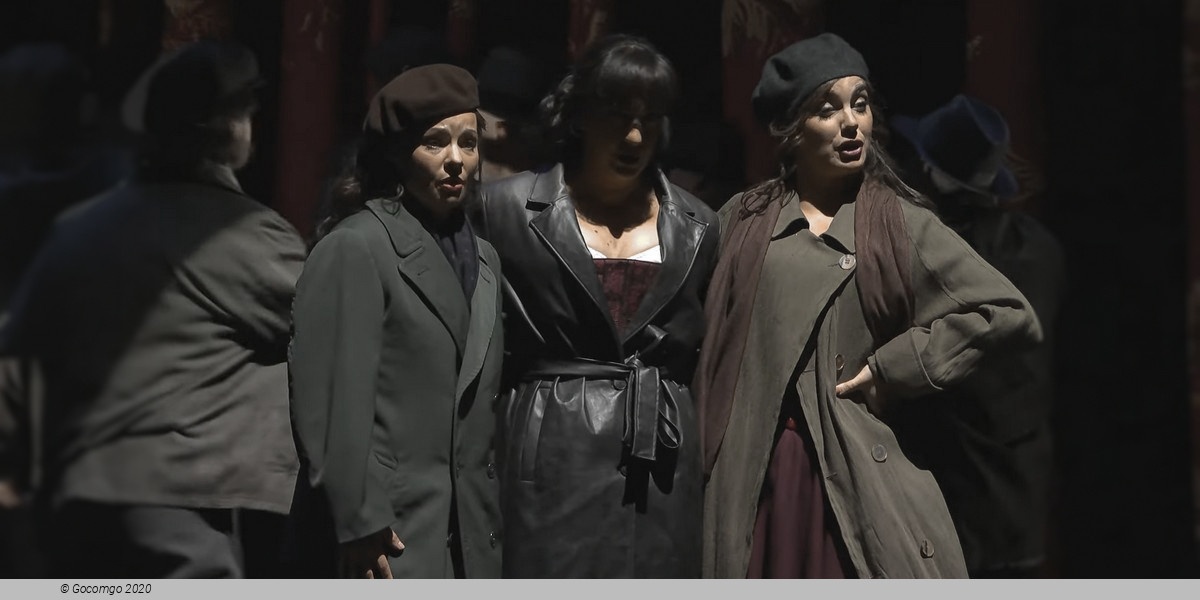
 Via San Carlo, 98
Via San Carlo, 98